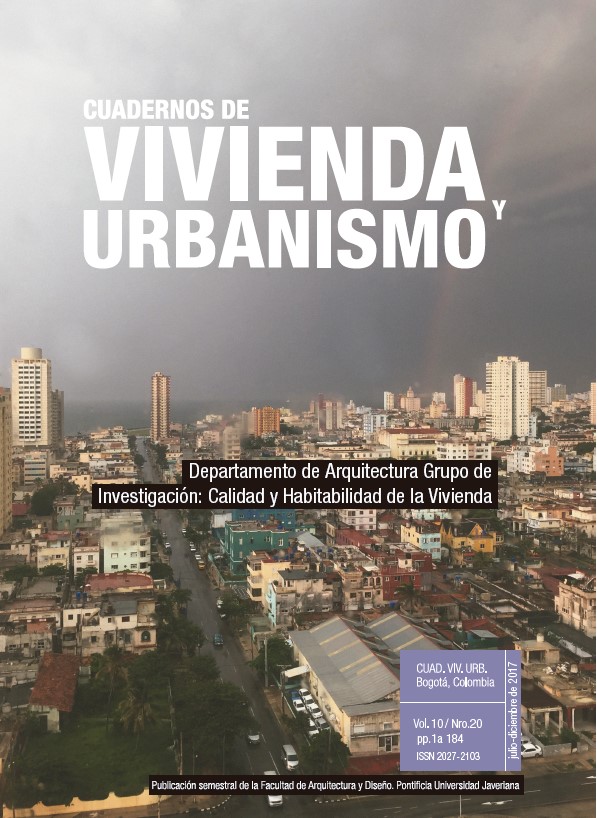Abstract
The following article deals with the analysis of social-interest housing in the peripheral area of Morelia, Michoacán, Mexico, which is considered as a mid-sized city due to its demographic size. The main objective of this work is to review the housing being made in the rural-urban area based on the work methodology developed by Zaída Muxí and Joseph María Montaner of the UPC-Barcelona, called 14 + 1, and under the concept of community. Results show that the developers of these developments offer in their commercial pitch an idyllic place that only exists in their rhetoric. This is because these are in fact marginalized areas of the city, located in risk areas with a low quality of life, housing, and public space, where the absence of productive and reproductive workplaces represents only a part of the deficiencies.
This journal is registered under a Creative Commons Attribution 4.0 International Public License. Thus, this work may be reproduced, distributed, and publicly shared in digital format, as long as the names of the authors and Pontificia Universidad Javeriana are acknowledged. Others are allowed to quote, adapt, transform, auto-archive, republish, and create based on this material, for any purpose (even commercial ones), provided the authorship is duly acknowledged, a link to the original work is provided, and it is specified if changes have been made. Pontificia Universidad Javeriana does not hold the rights of published works and the authors are solely responsible for the contents of their works; they keep the moral, intellectual, privacy, and publicity rights.
Approving the intervention of the work (review, copy-editing, translation, layout) and the following outreach, are granted through an use license and not through an assignment of rights. This means the journal and Pontificia Universidad Javeriana cannot be held responsible for any ethical malpractice by the authors. As a consequence of the protection granted by the use license, the journal is not required to publish recantations or modify information already published, unless the errata stems from the editorial management process. Publishing contents in this journal does not generate royalties for contributors.


